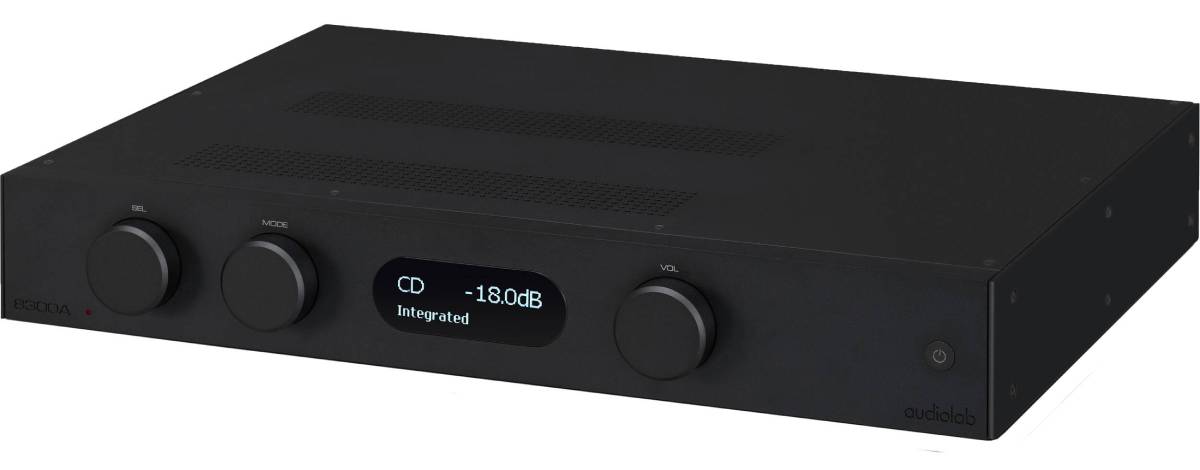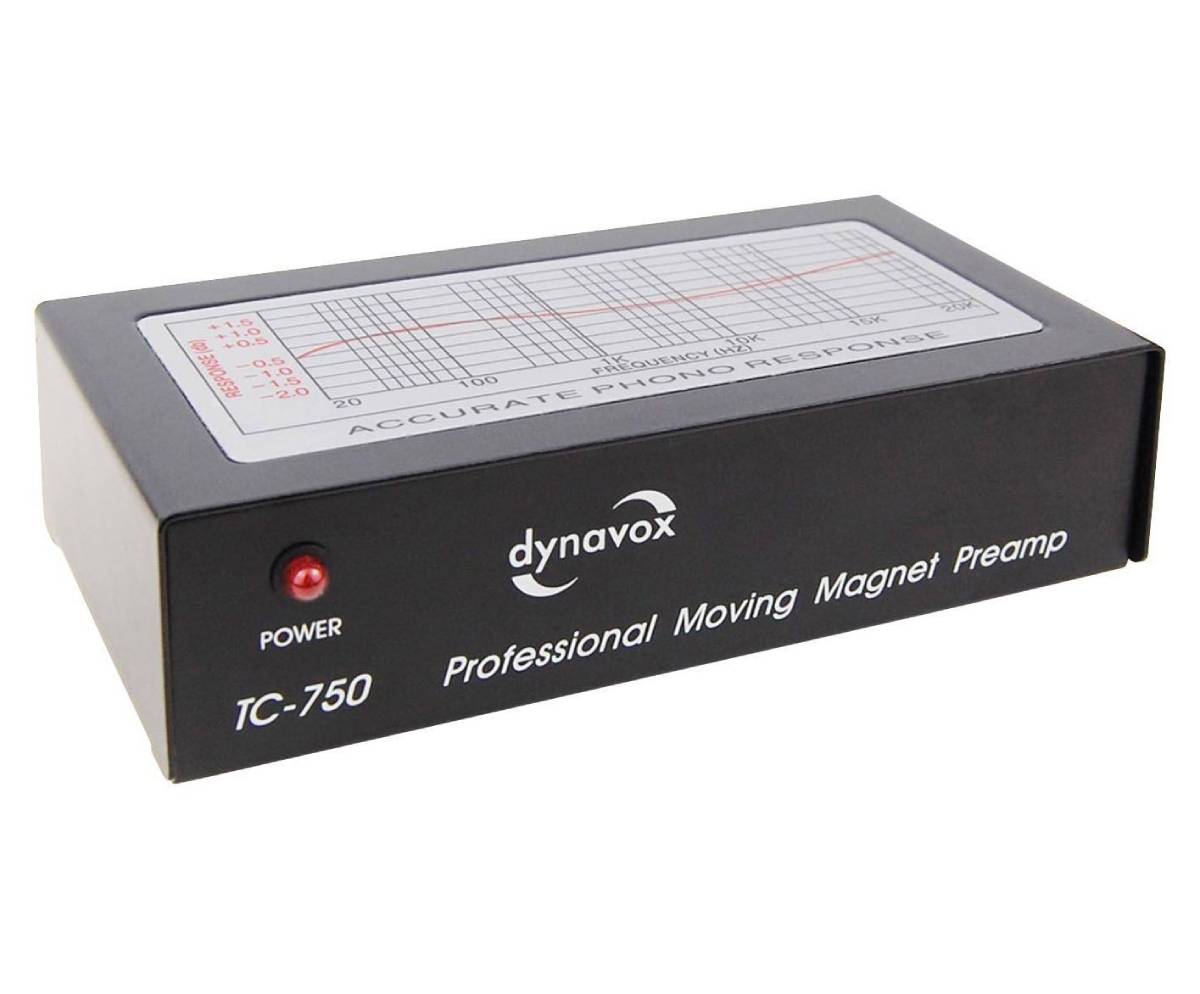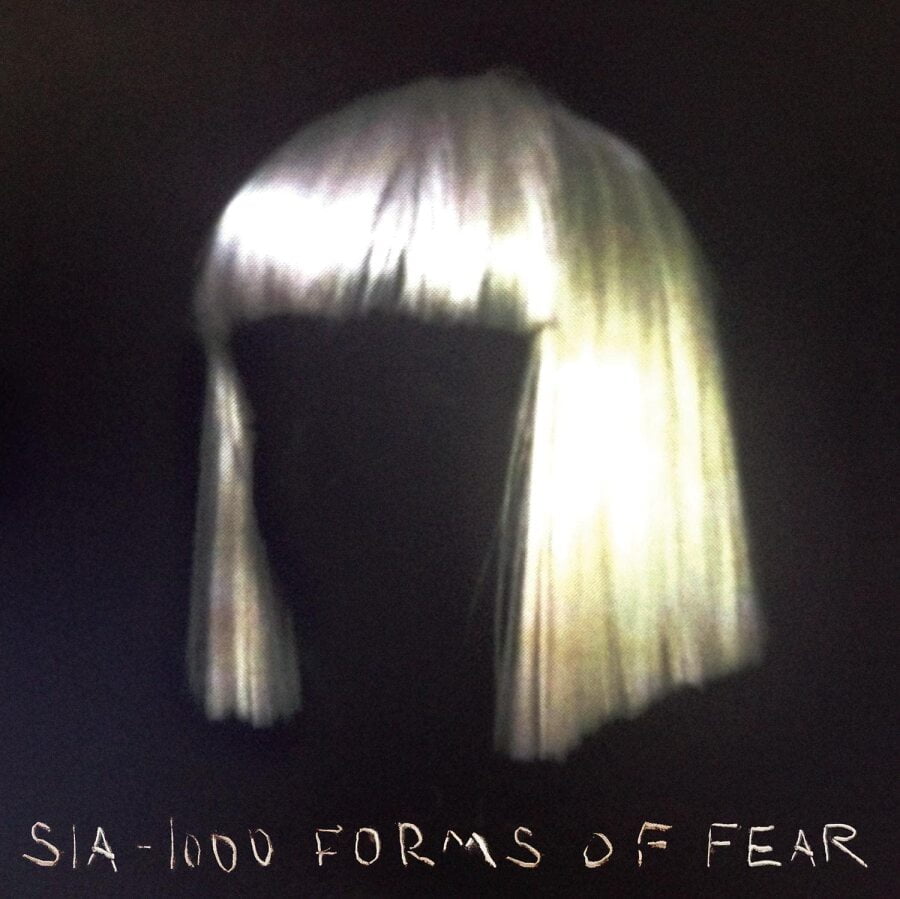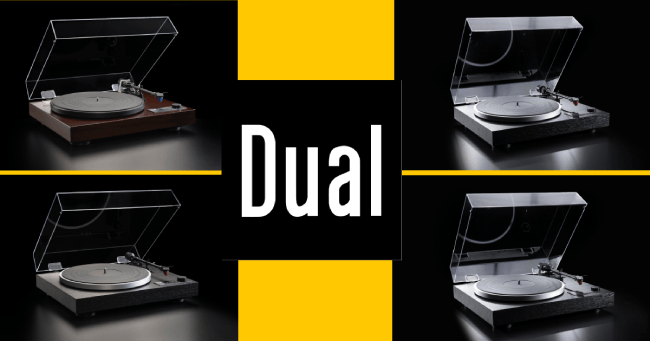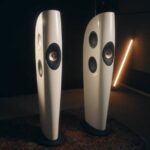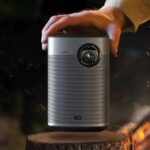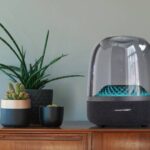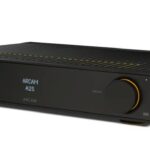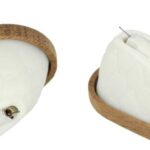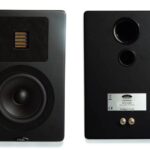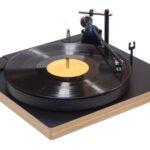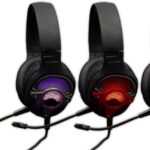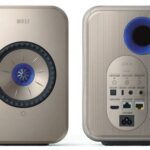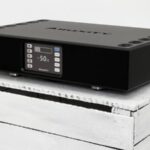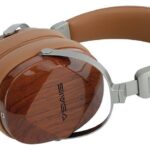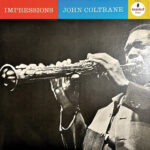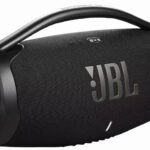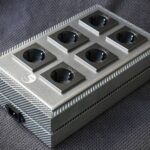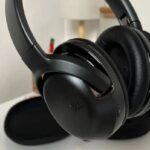We try the modern version of a legendary device and discover that Audiolab has done just what it should: It has the basic ideas that made the original 8000A one of the symbols of high fidelity and did not hesitate to make evolutionary changes for the future.
New approaches to music playback have fascinated people since the last century, even in the form of large monophonic desk-based radios. But gradually, the sixties and seventies opened up space for separate devices with two speakers and, combined with the musical revolution, established the idea of high fidelity. Towards the end of the last century, the advent of computers and our lifestyle changed the way we listened to music, giving the impression that the golden age of Hi-Fi had an expiration date. However, the current pandemic and the obligation to work from home have aroused an unexpected interest, from many, for better sound quality, rekindling the interest in what one would describe as a “classic sound system”.
Somewhere here, the street of the friend of good sound meets (once again) that of Audiolab. The company was founded in the early 1980s by Philip Swift and Derek Scotland and gained worldwide fame with the integrated 8000A. In the following years, the 8000A became one of the most successful British amplifiers ever built, and the model was complemented by a rich line of products such as CD players, preamplifiers, terminal amplifiers and radios.
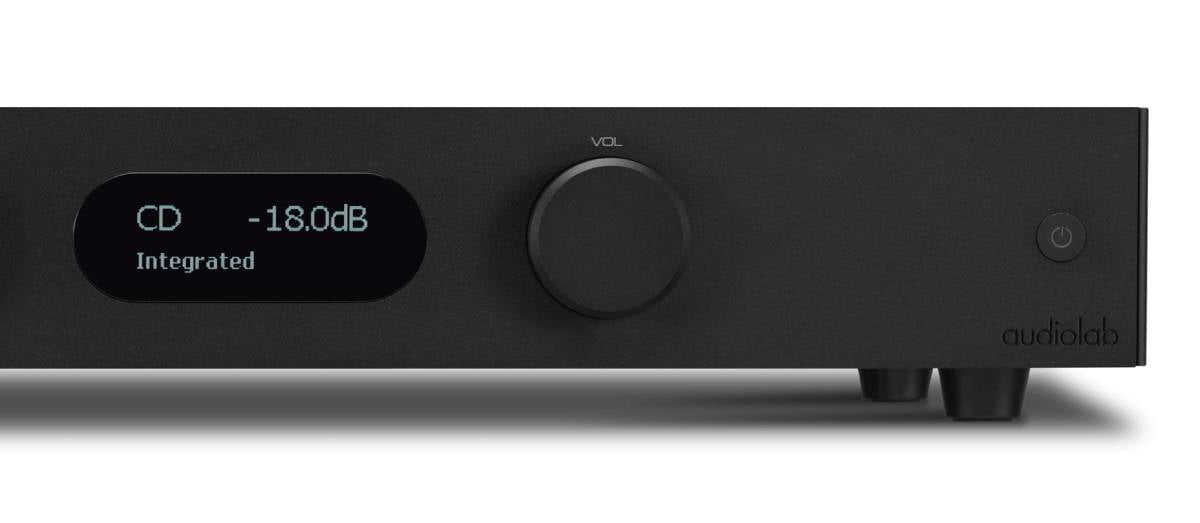
Timeless Hi-Fi symbol
The 1983 8000A was a true pioneer, belonging to a group of affordable audiophile amplifiers, which also included the NAD 3020, Cambridge A60 and Mission Cyrus One, and this slim, low-profile chassis from England was a true symbol of aesthetics. A design that took the English school of aesthetics to new heights for the time and provided significantly better sound quality than was previously.
In 1997, like other well-known companies, Audiolab changed management and became part of TAG McLaren Audio, until 2004, when the company became a member of the International Audio Group and the Audiolab brand was restored. In 2010 the new 8200 was introduced, a device clearly oriented to the new requirements of aesthetics and functionality. In 2015, a new chapter was added to Audiolab’s success story, with the presentation of the current 8300 series, with all the company IDs recognizable, but also a completely fresh approach.
The 8300A is part of the extended 8300 family, which includes the 8300CD (player), the 8300CDQ (CD player / DAC / preamplifier) and the 8300MB (monoblock) and 8300XP (dual channel) final amplifiers. What is obvious is an “old-fashioned” completely analog construction, compared to today’s digital standards. There is no built-in DAC or other digital facilities, but it seems that the designers have invested the entire available budget in the best possible components and in a simple but careful circuit.
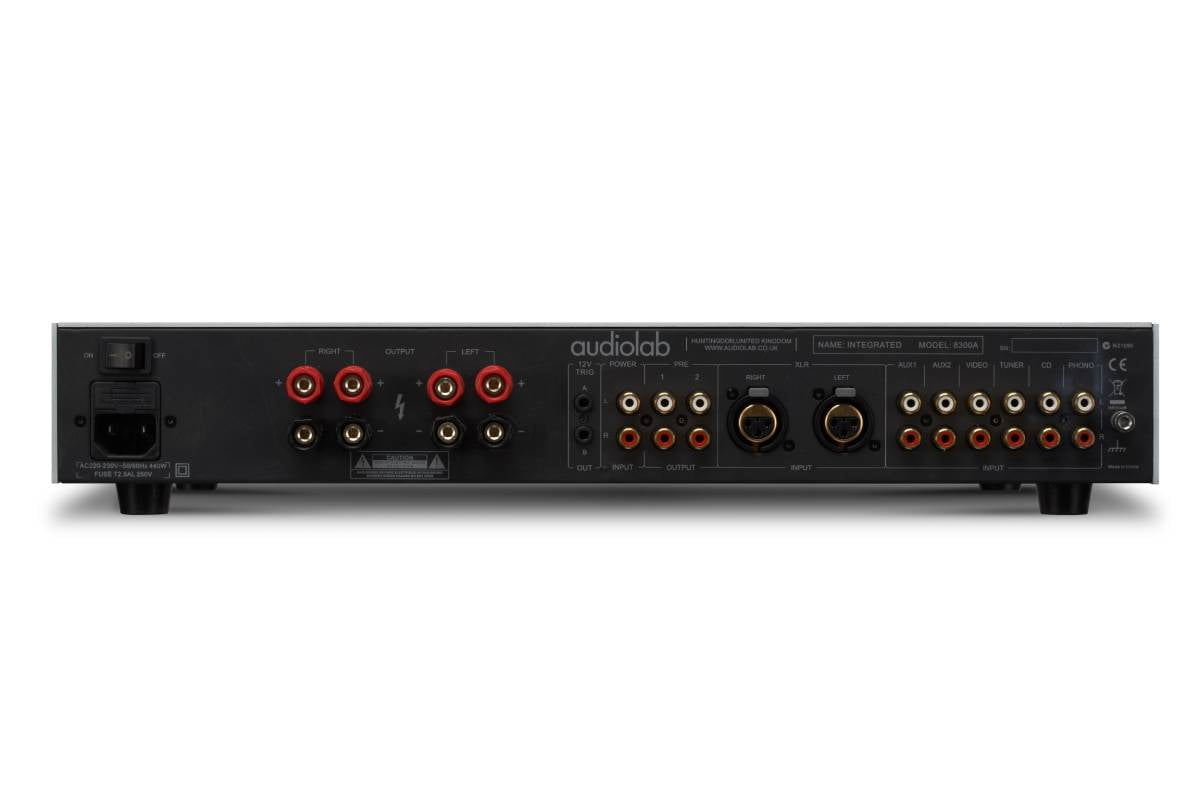
British way
The object of our test has dimensions 44.4x8x33 cm with the classic proportions of the previous design to be maintained and supplemented by an extremely careful finish. The aluminum facade has a thin laser engraving and the extremely sturdy side surfaces and the upper part, have a touch of luxury. On the front we can see three large rotary controls with a velvety feel, with the selection of the source from the left, while the adjacent (Mode) is used for switching between three functions. In the first, the 8300A acts as a complete amplifier, in the second the device is converted into a preamplifier with the final power section remaining active but completely disconnected and in the third option the 8300A only functions as a final amplifier, a feature we do not often encounter but it is useful. The third rotary control is the output level adjuster with convenient, small steps. The 2.7 “OLED adjustable brightness display is very easy to read and paves the way for a number of settings via a menu. The display also displays basic information such as the mode used, the selected source, and the volume level.
The 7.8 kg amplifier circuit is an “almost” dual-mono construction in terms of the final stage (with common power supply) that delivers 75W of power per channel at 8Ω and 115W at 4Ω with 15A power supply capability (it is 15W more powerful than 8200A). The power supply includes a 300VA transformer and a capacitor filter 2×15000μF per channel. The output stage is based on discrete semiconductors in a topology that combines CFB (Complementary Feedback or Sziklai pair as it is also known, a Darlington-like complementary transistor combination) and conventional emitter followers. The pre-amplification stage follows a minimalist logic which includes only one buffer at the input and the level adjustment stage which is based on a resistance scale and has a range from -80dB to + 8dB in variable size steps (depending on the position of the slider ). The amplifier also incorporates a technology, which the company calls ACD or Active Current Drive. In simple terms, this means that the power supply to the speakers is monitored and controlled by a microprocessor, programmed to allow the amplifier to deliver high currents of up to 15A at demanding loads.
Connectivity features include a total of seven pairs of gold-plated analog inputs, including a true balanced option (XLR) as well as a phono input that can support MM and MC heads with standard, non-adjustable input features. The respective preamplifier has its own separate power supply. The amplifier outputs include two for preamplifier, while there is also a terminal input, which is activated in the corresponding mode. The speakers are connected in dual sets of plugs, which is practical for dual wiring applications. A well-designed, robust remote control that can handle the functions and resources of Audiolab completes this well-thought-out, overall system.
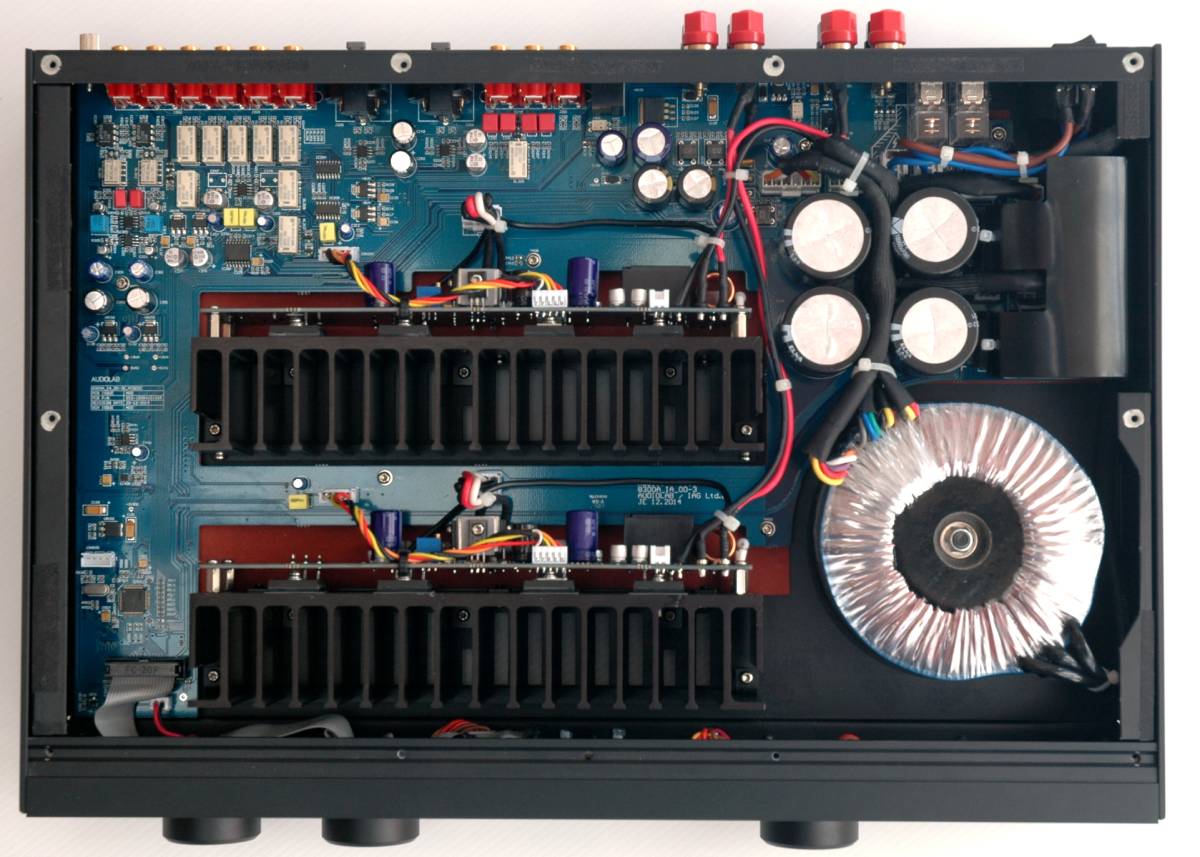
In practice…
Τhere are genres of music in which this little superpower excels. We found this by listening to beautiful classics such as Austurias by Suite Espanola, Moonlight Sonata or Intro et Rondo capriccioso by Maxim Vengerov with The Israel Philharmonic – Zubin Mehta, but also cinematic music such as Hans Zimmer’s Pirates Of The Caribbean.
The stereo image is really impressive, for the class, it extends far beyond the speakers, but there is also a brave depth and height. Also in the field of very important tonal balance, the natural / neutral fine tuning of the 8300A excites with its performance in the field. Τhere is no amplifier here, which adds its own emphatic signature to each interpretation, but a remarkable circuit that paves the way for any device connected to it. In fact, the 8300 excels where speed, finesse and a multi-layered presence are required. All other musical genres, such as those involving small-scale orchestras or vocals, also perform exceptionally well. Simply, with less careful recordings, the performance of the low frequencies, the dynamic contrasts, the huge stereo image and other virtues of this talented amplifier do not stand out.
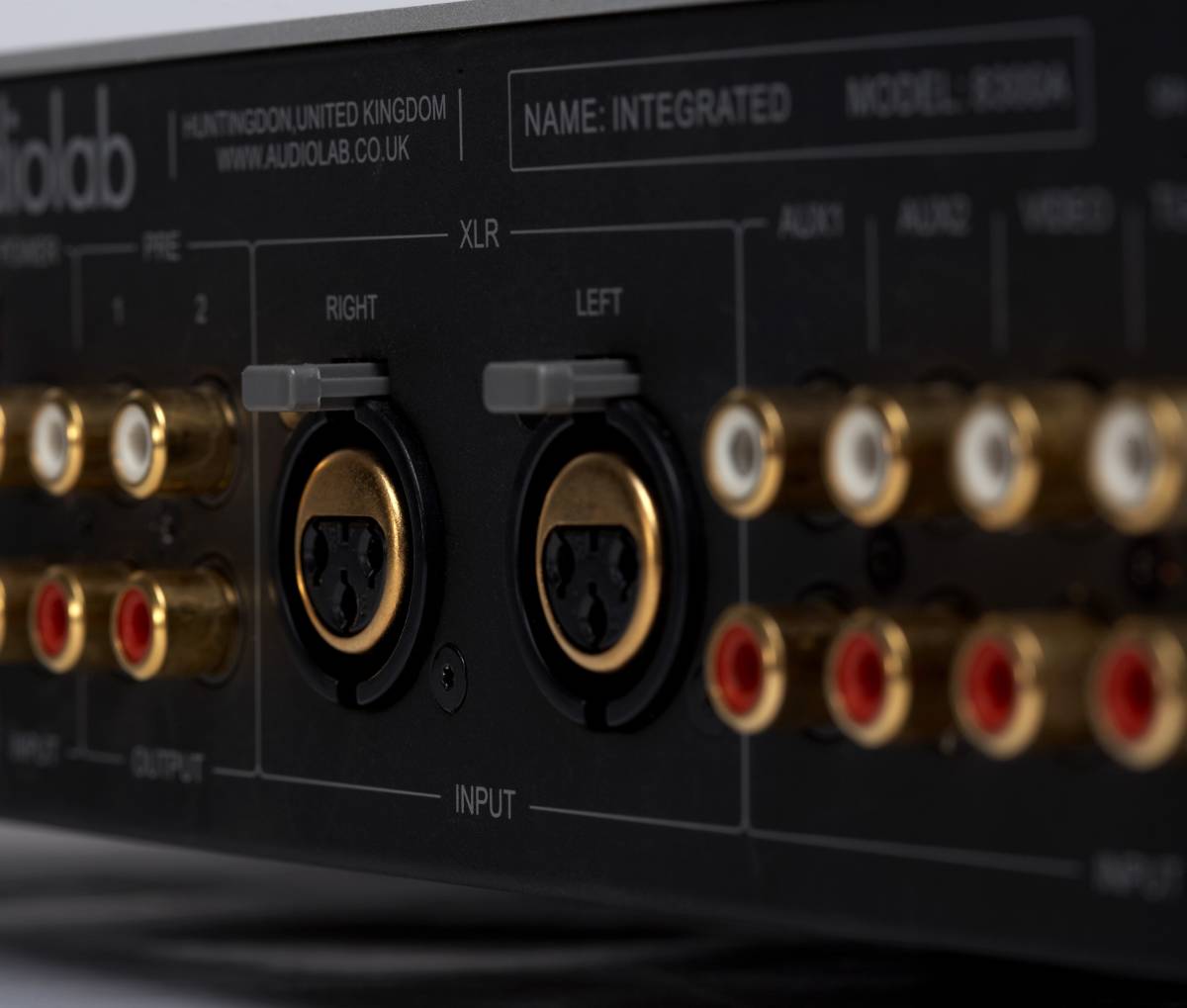
The 8300A won us from the first moment with the feeling it offers during its use, which, together with the high level and refined finish, give the impression of a device of significantly higher price. Of course, the most important thing is its sound. Tonally balanced, with a very good stereo image and good driving capabilities, sufficient for a small or medium system, it politely emphasizes the ideas behind what we generally call high fidelity.
All in all, this is an excellent and well-thought-out implementation, and it is the overall balance, which exudes through all its properties, that makes the big difference. The Audiolab 8300A is still one of the best implementations in its class, because it skillfully combines all its remarkable features, winning even the most demanding.
Overview
Description: Complete amplifier.
Power: 2x75Wrms (8Ω), 2x115Wrms (4Ω)
Inputs: 5x Line In. (RCA), 1x Balanced (XLR), 1x Phono (RCA, MM / MC), 1x Final Amplifier (RCA)
Phono input: 47kΩ / 100pF (MM), 100Ω / 1,5nF (MC)
RIAA accuracy: ± 1dB (20Hz-20kHz)
Outputs: 2x Pre Out. (RCA), 2x Speakers
Other possibilities: Possibility of separation of preamplifier / final, remote control
info: Orpheus Audio, tel .: 210-5221.524, https://www.orpheusaudio.gr/
Price: € 1.449
The review is was written by George Katrkazas and is included in YELLOWBOX magazine no.11_YB

